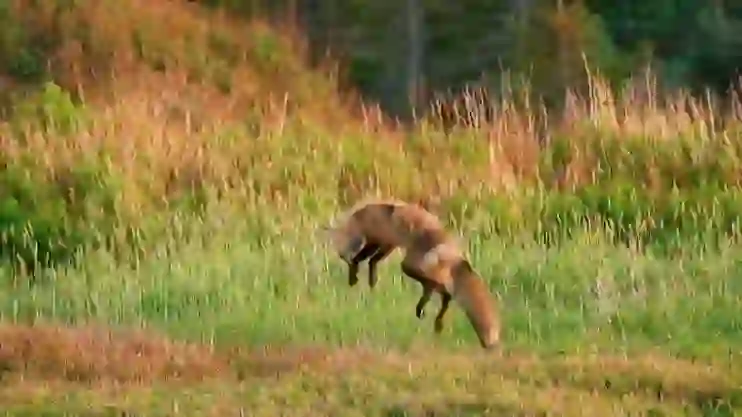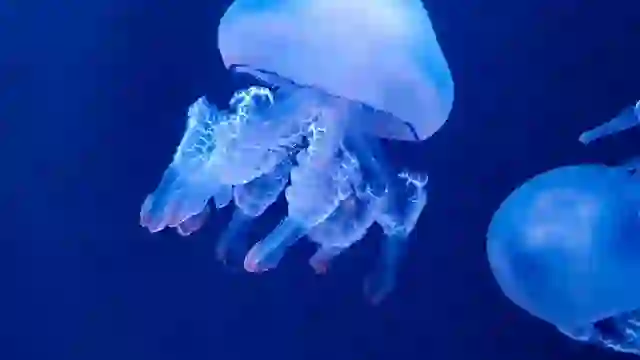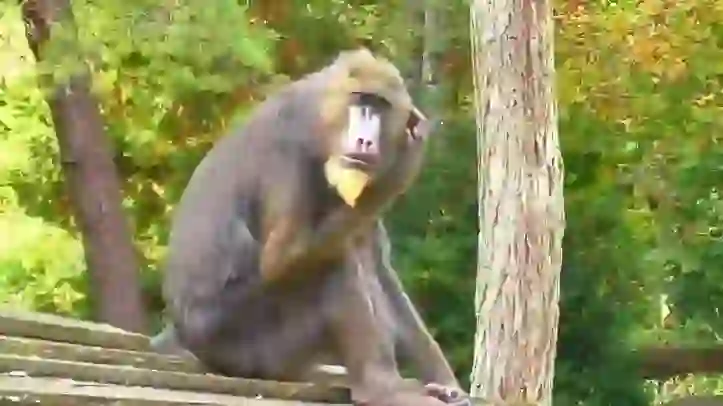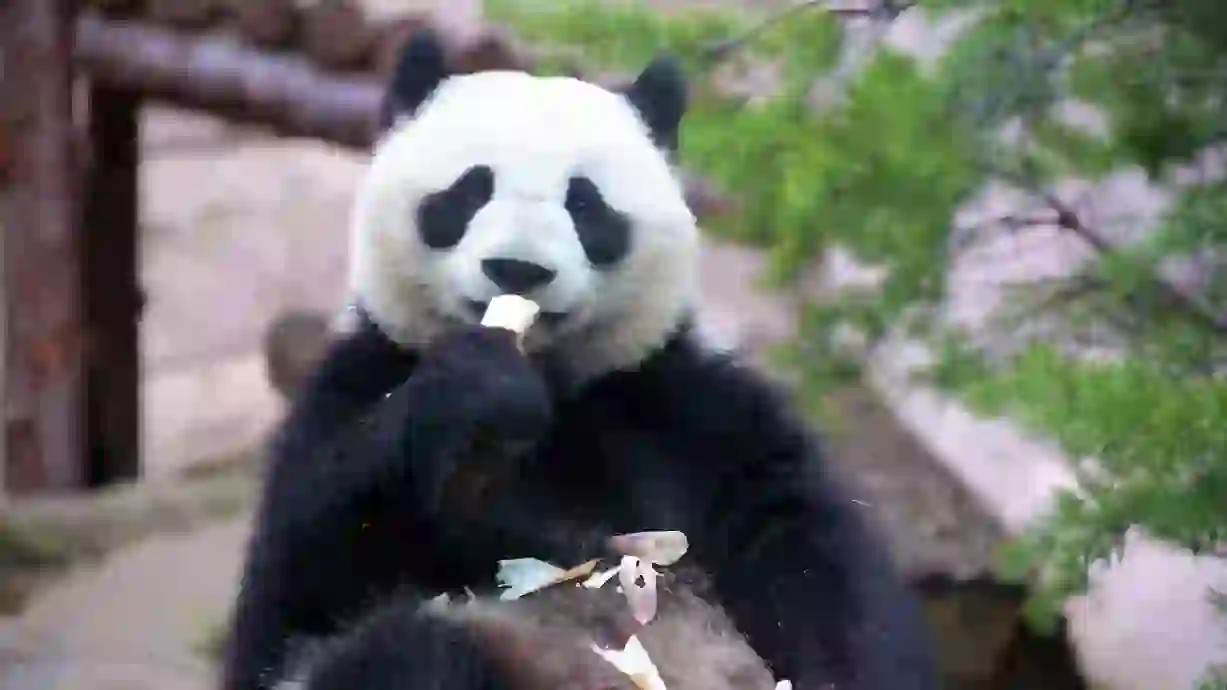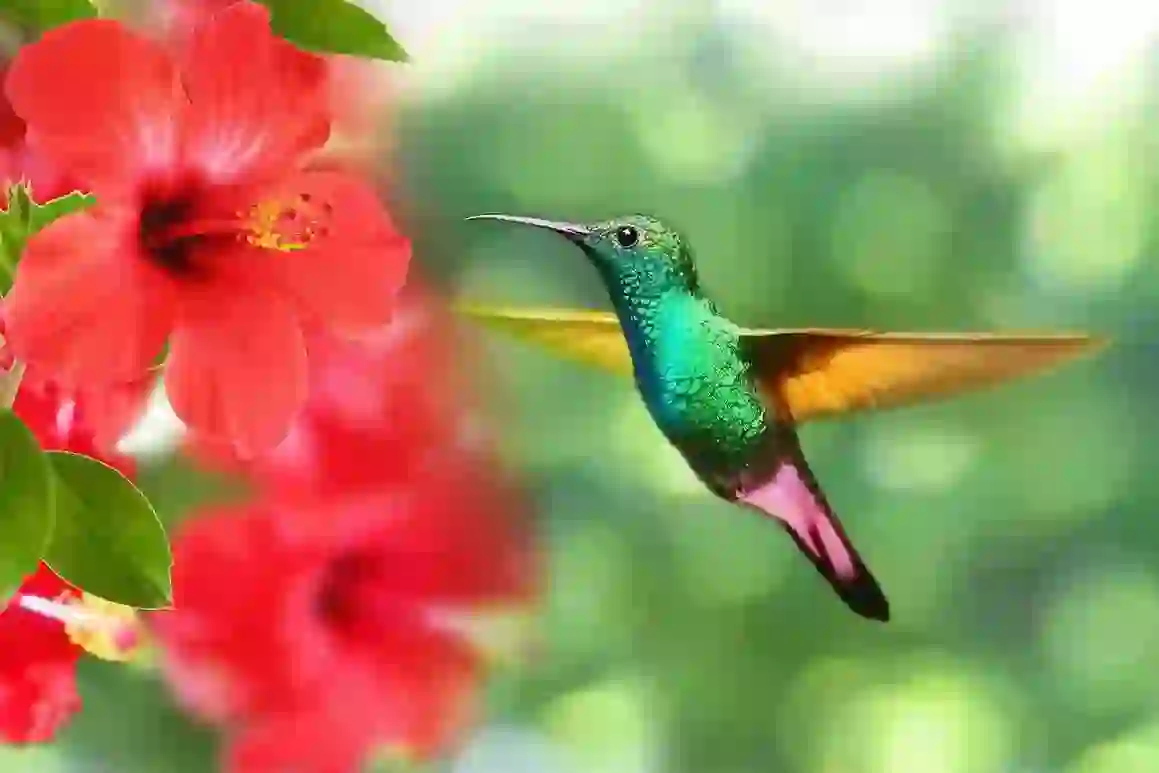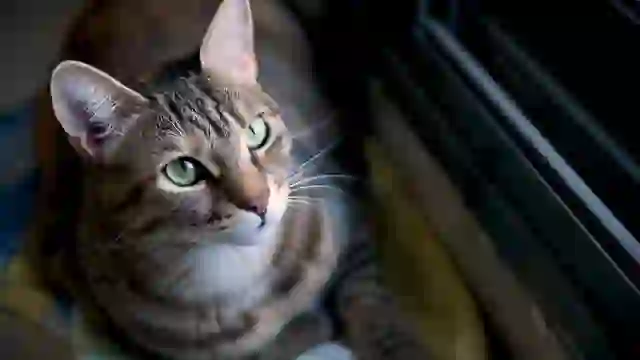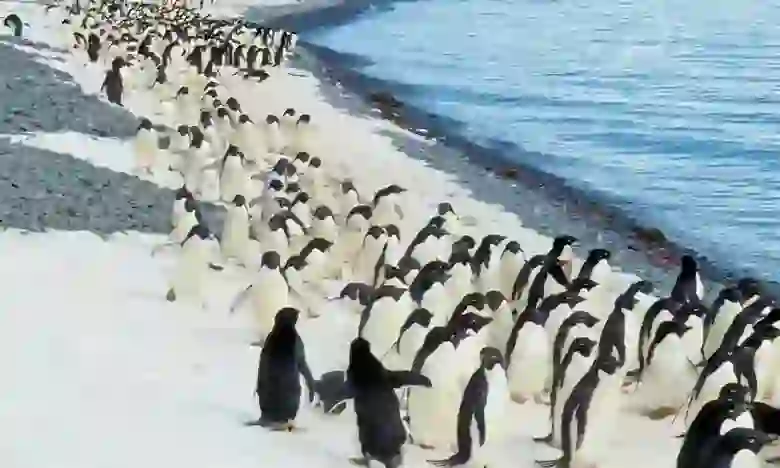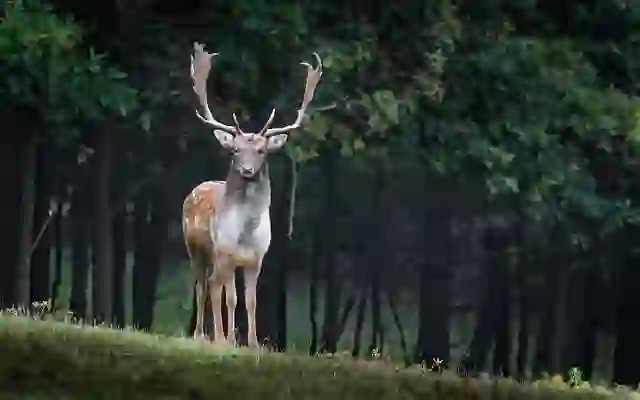
Amblypygi
Amblypygi
Amblypygi
Have you ever heard of the insect called "Amblypygi"? Many people might not have heard or seen it before. Amblypygi is one of the insects known as the "three great strange insects of the world" with a very impactful appearance, making it unforgettable once seen. It even appears in a popular movie and game. Let's introduce this mysterious Amblypygi.
Amblypygi Basic Infomation
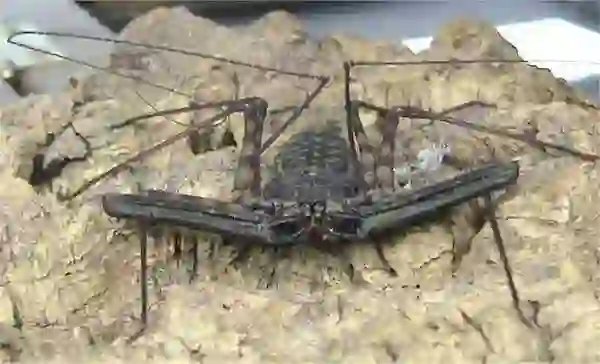
Basic Information
Subphylum: Chelicerata Class: Arachnida Order: Amblypygi Body Length: 5mm-5cm Leg Length: 2-5 times body length Amblypygi are found in Africa, North America, South America, and Southeast Asia, but not in Japan, so they may not be familiar to Japanese people. As mentioned earlier, Amblypygi is one of the insects known as the "three great strange insects of the world" with a very impactful appearance, often considered the "world's most disgusting insect." If Amblypygi could understand words, they would be quite shocked by this description. What do Amblypygi look like? Amblypygi have a flattened body, as if squashed from above. Their body is small, but their legs are 2-5 times the body length. They have notably large, thick, and scythe-like pedipalps, which are sensory organs. These pedipalps have joints like elbows and are usually bent, making them look like arms. Next to these pedipalps are extremely long, whip-like first legs. These long legs are also used as sensory organs and are not used for walking. The combination of large, thick pedipalps and one extremely long leg creates the strange and impactful appearance of Amblypygi. They have eight eyes, which is quite a lot. However, their vision is not very good, and some species cannot see at all. Instead, they use their pedipalps and long legs as sensory organs to perceive their surroundings. They have fangs near their mouth but cannot produce silk like spiders. Despite their impactful appearance and being considered the world's most disgusting insect, Amblypygi are not venomous. They look like they might be poisonous, but they are actually very gentle insects. There are not many differences between males and females. In some species, males have longer pedipalps.
Amblypygi Q&A

What is the Origin of the Name Amblypygi?
The name Amblypygi comes from their pedipalps. These sensory organs are thick and long, resembling arms, hence the name. The scientific name "Amblypygi" is derived from ancient Greek, meaning "blunt tail." This name was given in comparison to another arachnid called the "whip scorpion." Whip scorpions have a whip-like tail, but Amblypygi do not, hence the name "blunt tail." In English, they are called "whip spiders" or "tailless-whip scorpions," and in Chinese, they are called "鞭蛛" or "無尾鞭蠍," both referring to their whip-like appendages or tailless scorpion appearance. Amblypygi are neither spiders nor scorpions, but due to their similar appearance, they are often named in relation to these creatures in various languages.
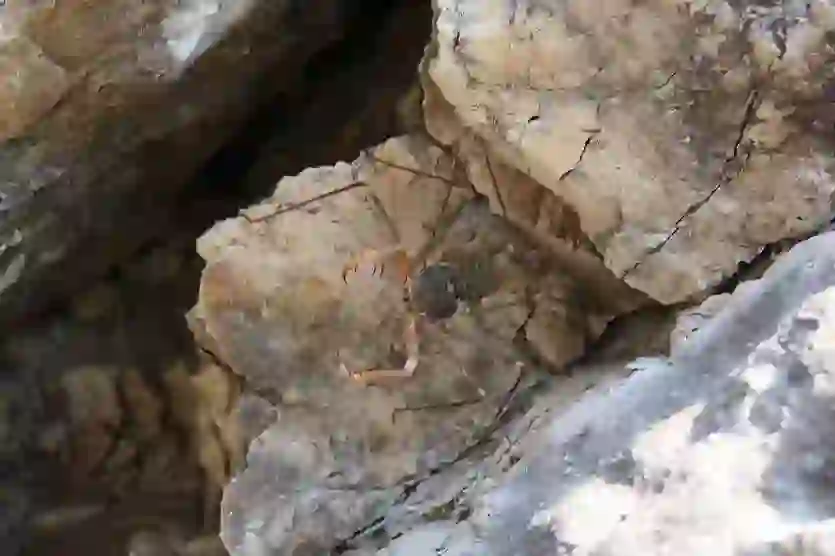
Why Do Amblypygi Live There?
Amblypygi live in humid tropical and subtropical regions. They are nocturnal, resting in crevices, holes, and caves during the day and rarely descending to the ground. Some species live in bird nests, ant nests, termite mounds, and scorpion dens. Amblypygi usually live in groups, and depending on the species, they may establish social structures, recognize individuals, and have territorial behavior. Some species also exhibit homing behavior, the ability to return to their home even from a different location, though the mechanism is unknown. Experiments have shown that most Amblypygi can return to their territory from 10 meters away within a night. Amblypygi are considered the fastest among arachnids. However, they usually move slowly and are better at side-walking than forward walking. They reach their maximum speed when capturing prey or escaping danger. When sensing danger, they quickly flee, but if caught, they can sever their own legs to escape, or use their usually folded pedipalps to threaten or stab the predator. Despite having such strong weapons, they use their pedipalps as a last resort, possibly indicating a gentle nature that avoids killing. Their eyes are not very effective, so they use their whip-like legs to sense their surroundings while moving. These legs are much longer than their bodies, allowing them to perceive a wide area.
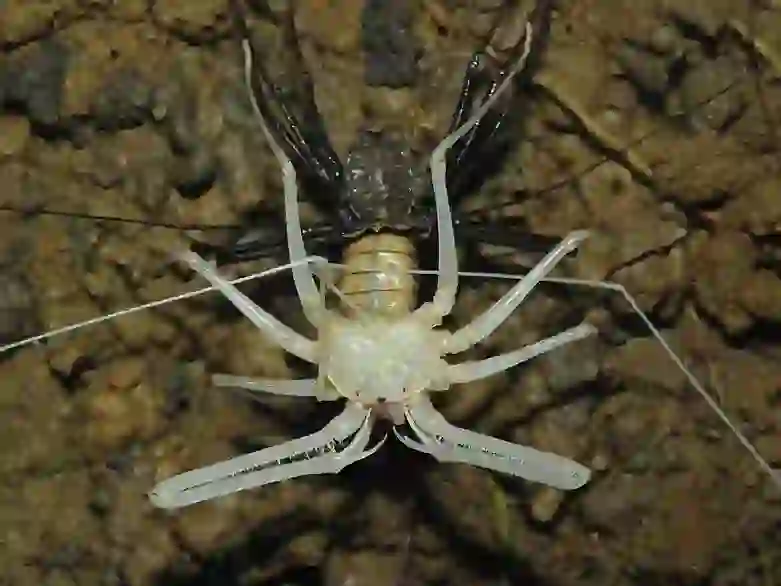
What Do Amblypygi Eat?
Amblypygi are carnivorous, feeding on insects like cockroaches, termites, and pill bugs, as well as small animals like lizards and hummingbirds. Some species also eat shrimp and small flying insects. They use their whip-like legs to search for food. As soon as an insect enters their range, they capture it at lightning speed. Their speed is so impressive that once an insect gets close to their long legs, it's as good as eaten.
.webp?alt=media)
Do Amblypygi Perform a Love Dance?
Amblypygi's reproduction begins with a love dance. To win a mate, they perform a dance using their pedipalps. This courtship dance is called the "nuptial dance." If the dance is successful, the female lays eggs. Depending on the species, they lay 10-90 eggs, which they attach to their abdomen. The female carries the eggs on her abdomen, which may be the safest way to protect them. When the eggs hatch, the babies climb onto the mother's back. They stay on the mother's back until they molt and leave. Depending on the number of eggs, the mother's back can become covered with baby Amblypygi. The freshly molted young are brightly colored but gradually change to the drab colors of adults. Interestingly, Amblypygi continue to molt as adults, and even lost legs can regenerate through molting. Amblypygi are said to live 3-8 years, but their lifespan in the wild is not well known. There are records of them living up to 10 years in captivity, but their average lifespan is unknown.
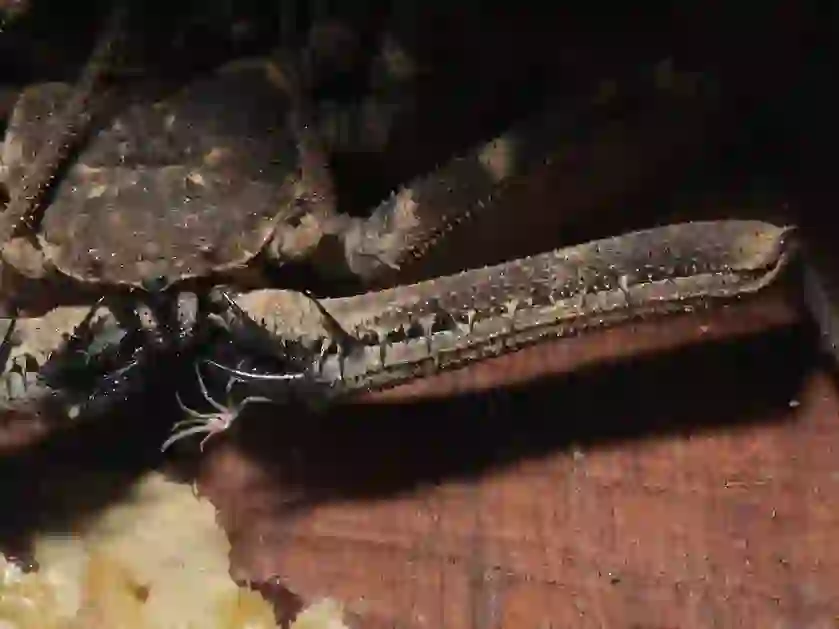
Did Amblypygi Appear in a Popular Movie?
As mentioned earlier, Amblypygi appeared in a popular movie and game. Fans of these works might recognize the insect from pictures. The movie is "Harry Potter and the Goblet of Fire." In a Defense Against the Dark Arts class, the teacher introduces an insect, which is Amblypygi. In the game "Resident Evil: Revelations 2," a giant Amblypygi appears as a monster. Both the movie and game feature Amblypygi in their natural form. Amblypygi's unforgettable appearance seems fitting in otherworldly settings. If you're curious, you might want to rewatch the movie or play the game.
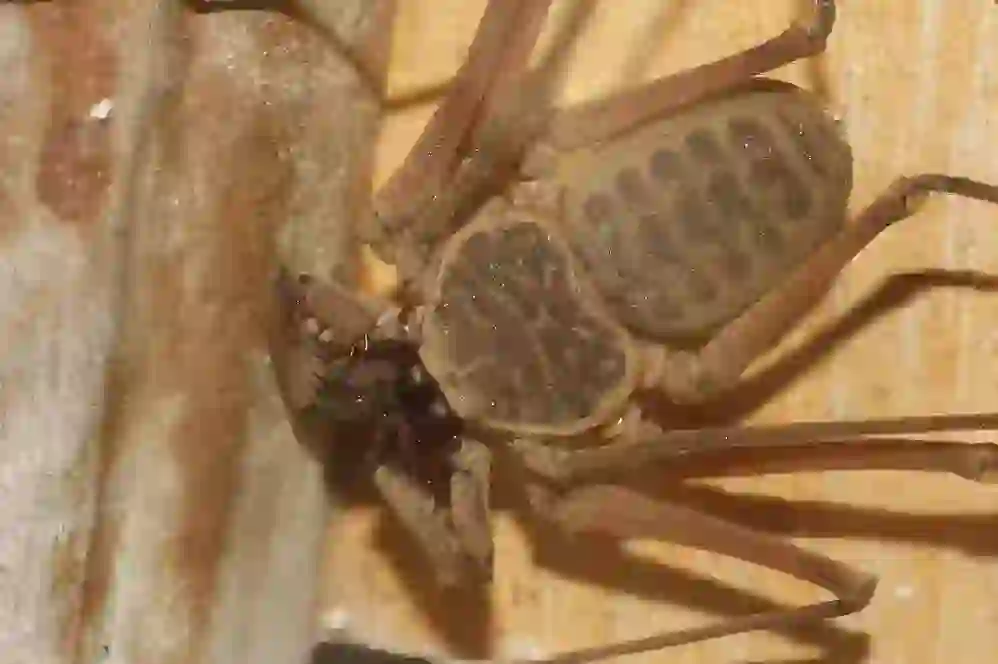
Can You Keep Amblypygi as Pets?
Despite their impactful appearance, Amblypygi are not venomous and are very gentle insects. They have intimidating pedipalps and fangs, but there are few reports of them attacking humans. In some countries, they are considered beneficial insects for eating pests like termites. Amblypygi can be kept as pets. Though they do not live in Japan, they are sold as ornamental pets in specialty stores. The "Tanzanian Giant Tailless Whip Scorpion" is a popular pet species. Keeping Amblypygi is not difficult, but they need a container with a tightly fitting lid. Their legs are much longer than their bodies, and they hang upside down using these legs during molting. The container should be twice as tall as their leg length and 6-7 times their width for comfort. Ensure the container has ventilation holes. Amblypygi prefer to cling to cave walls, ceilings, and trees. Providing cork boards or wood in the container helps them feel at home. Maintaining high humidity (over 80%) and a temperature of 22-28°C is essential. In winter, use a panel heater to maintain temperature. Keep the wood or cork boards moist with a spray bottle to maintain humidity. Amblypygi need to be fed once a week. Provide food like crickets or mealworms roughly the size of their abdomen. Use long tweezers to avoid being pinched. Amblypygi may refuse food occasionally. Do not force them to eat; try feeding again the following week. They do not eat right after molting, so wait until their bodies darken. While feeding once a week is sufficient, Amblypygi drink a lot of water. They are not good at drinking from containers and dislike descending to the ground. Spray water on the habitat or place moistened kitchen paper along the base of the wood so they can drink without descending. As the fastest arachnids, Amblypygi are hard to catch if they escape. Ensure the container lid is secure and be careful when feeding. Though harmless, they could cause a commotion if they escape, as they are not native to Japan. Their average lifespan is unknown, so your time with them may be long or short. Cherish the time you have and care for them well.

Would you like to become a part of the 'Animalbook.jp'?
Turn your knowledge into Q&A and share it with the world. ※Publication will be activated after purchase. Let's share information together!
Amblypygi Type of List
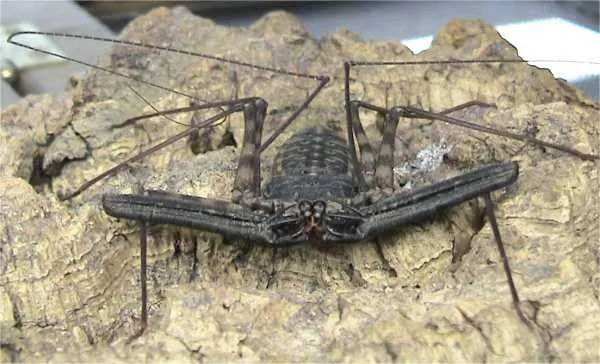
Information
Congratulations! You are the first commenter!

Create Your Favorite List!
Amblypygi
Save the animals you love! Build your own list to quickly revisit your favorites later.

Would you like to leave a comment?
※Please note: This is for the purchase of rights to post comments within the article.
Find Your Favorites!
Our shop offers a unique and attractive selection of goods themed around various animals.
Amblypygi References
Amblypygi Introduction of media used

Dawson, CC BY-SA 2.5, via Wikimedia Commons

Diana Fuentes, CC BY-SA 4.0, via Wikimedia Commons

Sanjaya.k.Bandara, CC BY-SA 4.0, via Wikimedia Commons
.webp?alt=media)
Marcelo Silva de Carvalho Delfino, CC BY-SA 4.0, via Wikimedia Commons

Matt Muir, CC BY-SA 4.0, via Wikimedia Commons

Juan Cruzado Cortés, CC BY-SA 4.0, via Wikimedia Commons
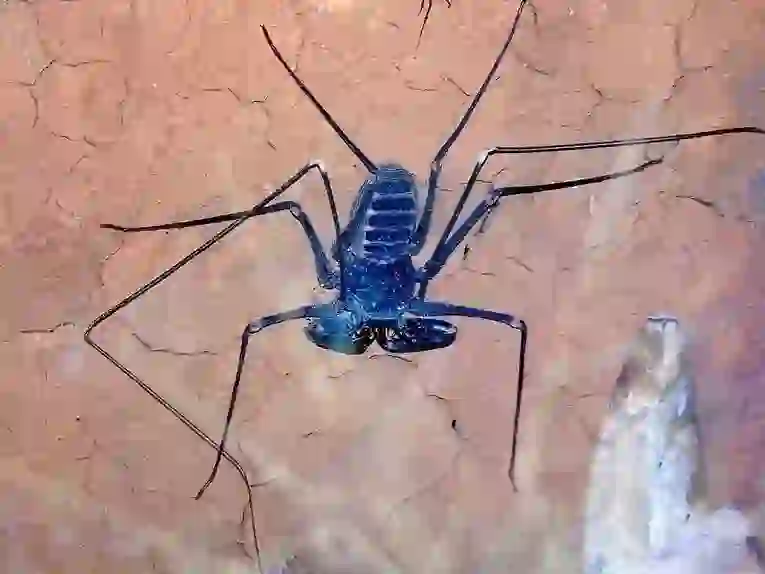
Francisco Farriols Sarabia, CC BY 4.0, via Wikimedia Commons
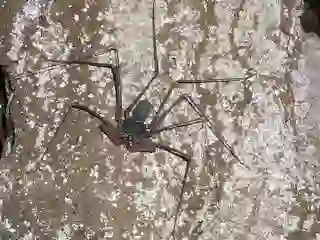
BIGOT, CC BY-SA 3.0, via Wikimedia Commons

Help Enrich Our Animalbook.jp with Your Media!
We are constantly looking to expand and enrich our Animalbook.jp with amazing photos and videos of animals. If you have any media that you'd like to share, please contribute and help us showcase the beauty and diversity of the animal kingdom. Your submissions will be credited and featured in our encyclopedia, reaching a wide audience of animal lovers.



